In the early 10th century, Viking King Eirik Bloodaxe was one of the most feared rulers in Norway. He was known for his ferocity in battle and his ambition to expand his kingdom.
In 947 AD, he became the king of Northumbria, a region in northern England that had been under Viking control for decades.
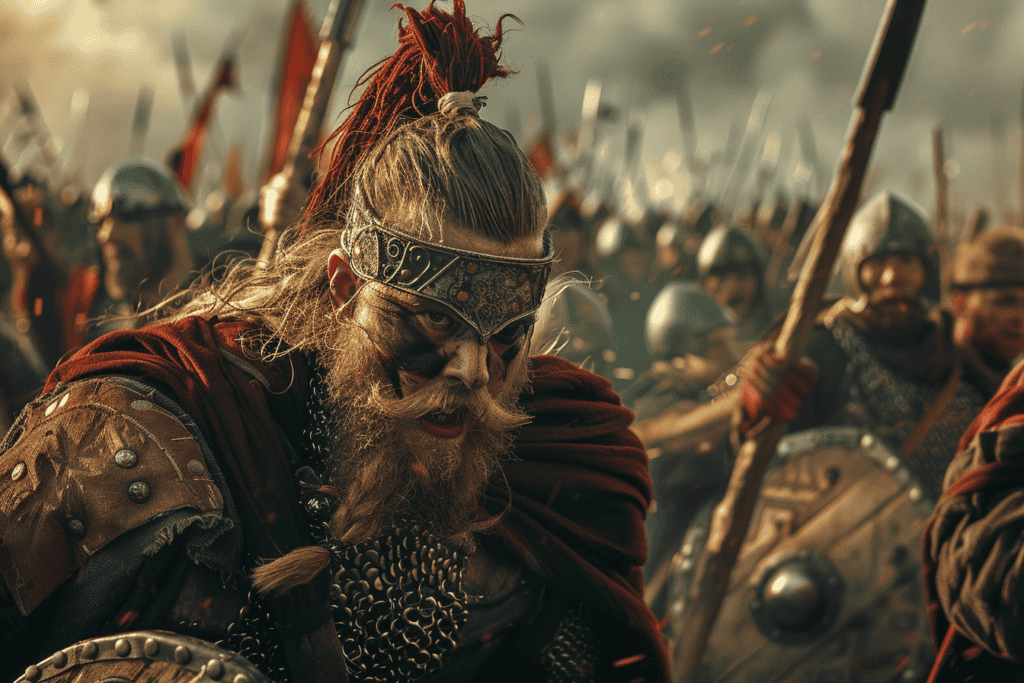
Bloodaxe’s reign in Northumbria was marked by conflict and instability. He faced constant challenges from rival Viking leaders as well as from the Anglo-Saxon rulers of southern England. Despite these challenges, he managed to hold onto his power for several years, until he was finally defeated in a fierce battle at Stainmore in 954 AD.
The battle at Stainmore was a turning point in Viking history. It marked the end of the Scandinavian kingdom of York, which had been established by Viking invaders in the 9th century. Bloodaxe’s defeat also signaled the decline of Viking power in England and paved the way for the eventual unification of England under Anglo-Saxon rule.
The Rise of Eirik Bloodaxe
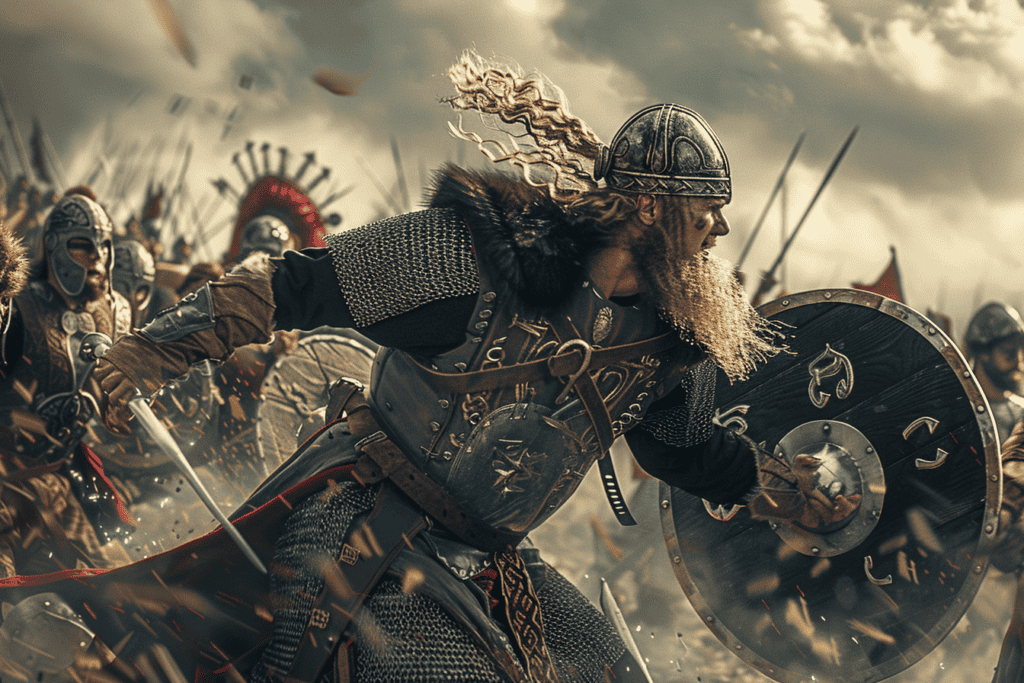
Eirik Bloodaxe, also known as Eirik Haraldsson, was born in Norway in the year 885. He was the son of the famous Norwegian king, Harald Fairhair. Eirik was one of Harald’s many sons, and he grew up in a society that valued warriors above all else.
As a young man, Eirik proved himself to be a fierce warrior and a skilled tactician. He quickly rose through the ranks of his father’s army and became one of his most trusted advisors.
In the year 933, Harald Fairhair died, and his kingdom was divided among his many sons. Eirik was given the title of King of Northumbria, which was a region in northern England that was controlled by the Vikings at the time. Eirik ruled Northumbria for several years, but he was eventually expelled from the region by his own people.
Reign and Expulsion
After being expelled from Northumbria, Eirik returned to Norway and began to consolidate his power. He quickly gained a reputation as a fearsome warrior and a cunning strategist. In the year 947, Eirik was able to take control of the Norwegian throne and become the King of Norway.
Eirik’s reign was marked by a series of conflicts with his neighbors, including the Swedes and the Danes. He was able to hold his own against these enemies, but his rule was not without controversy. Eirik was known for his violent temper and his willingness to use force to get what he wanted.
In the year 954, Eirik led his army into battle against the English at Stainmore. The battle was fierce, and many warriors on both sides were killed. In the end, Eirik was defeated and killed in battle. His death marked the end of the Viking rule in Northumbria and the beginning of a new era in English history.
The Battle of Stainmore
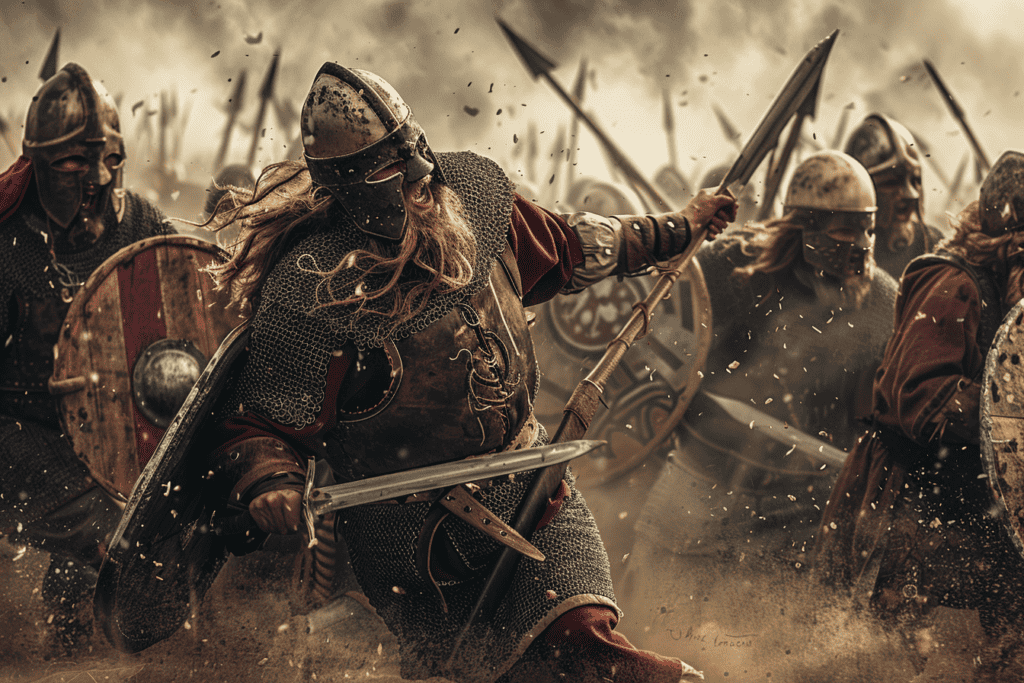
In the mid-10th century, England was divided into several small kingdoms, including Wessex, which was ruled by King Alfred. The Vikings had settled in the north of England, creating a region known as the Danelaw. The Vikings had their own kings, who ruled over the region, including a Viking named Eric Haraldsson, also known as Eric Bloodaxe.
Eric Bloodaxe was the son of Harold Fairhair of Norway and had previously been the King of Norway. However, he was deposed by his own people and fled to England, where he became the King of York in 947.
The Clash on Stainmore Moor
In 954, Eric Bloodaxe was defeated and killed in the Battle of Stainmore Moor. The battle took place in the north of England, near the border between Yorkshire and County Durham. Eric Bloodaxe was leading an army against the combined forces of Northumbria and Wessex.
The battle was fierce and bloody, with both sides suffering heavy losses. In the end, Eric Bloodaxe was killed, bringing an end to the Scandinavian kingdom of York, which reverted to Wessex.
The Battle of Stainmore Moor was a significant event in English history, marking the end of Viking rule in the north of England. It also helped to consolidate the power of King Alfred and his successors, who were able to extend their influence over the entire country.
Eirik’s Place in History
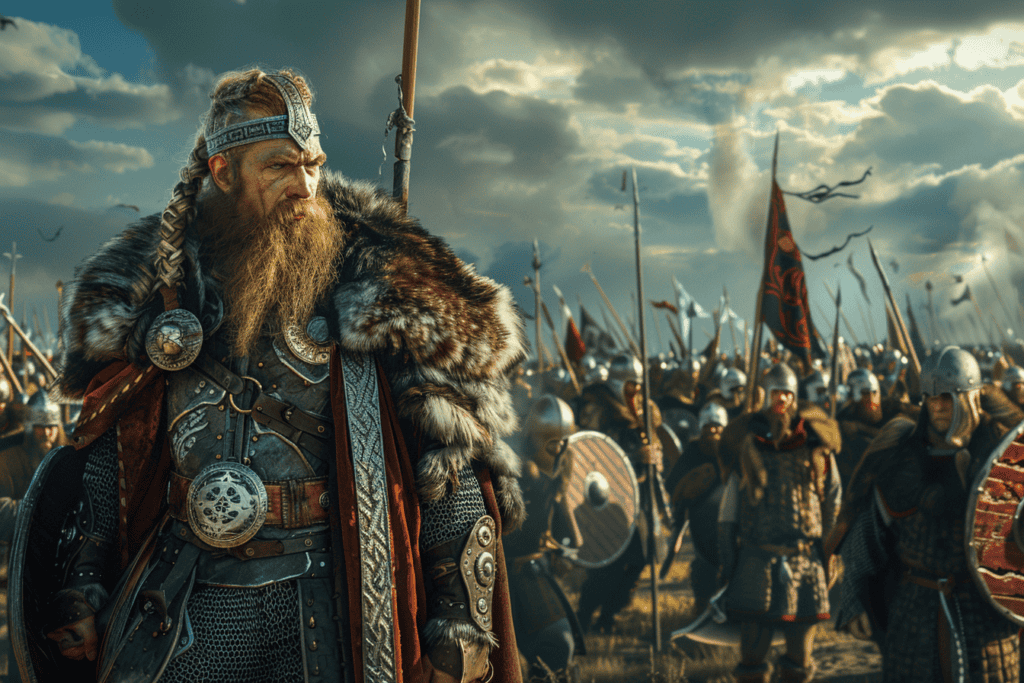
Eirik Bloodaxe ruled Norway from 930 to 934 and again from 935 to 936. He was also briefly the King of Northumbria in England in 947. Eirik was known for his fierce and violent nature, earning him his nickname “Bloodaxe.”
He was the last independent Norse king of York and his reign marked the end of the Viking era in England.
Eirik’s place in history is significant because of his role in the Viking expansion and his impact on the political and cultural landscape of England and Norway. His reign was marked by battles, alliances, and conquests, and his legacy is still felt in the regions he ruled.
The historical sources on Eirik Bloodaxe are limited, but there are a few written accounts of his reign that have survived.
The Anglo-Saxon Chronicle, a collection of annals written in Old English, provides some details of Eirik’s time in England. The Norse sagas, written in Old Norse, also mention Eirik and his family.
Archaeological evidence has also shed light on Eirik’s reign.
Excavations at Stainmore, the site of Eirik’s last battle, have uncovered evidence of a large-scale conflict.
The discovery of weapons and human remains suggests that the battle was a violent and bloody affair.
The combination of written and archaeological sources has allowed historians to piece together a picture of Eirik’s life and reign.
While there are still gaps in our knowledge, the available evidence suggests that Eirik was a significant figure in Norse and English history.

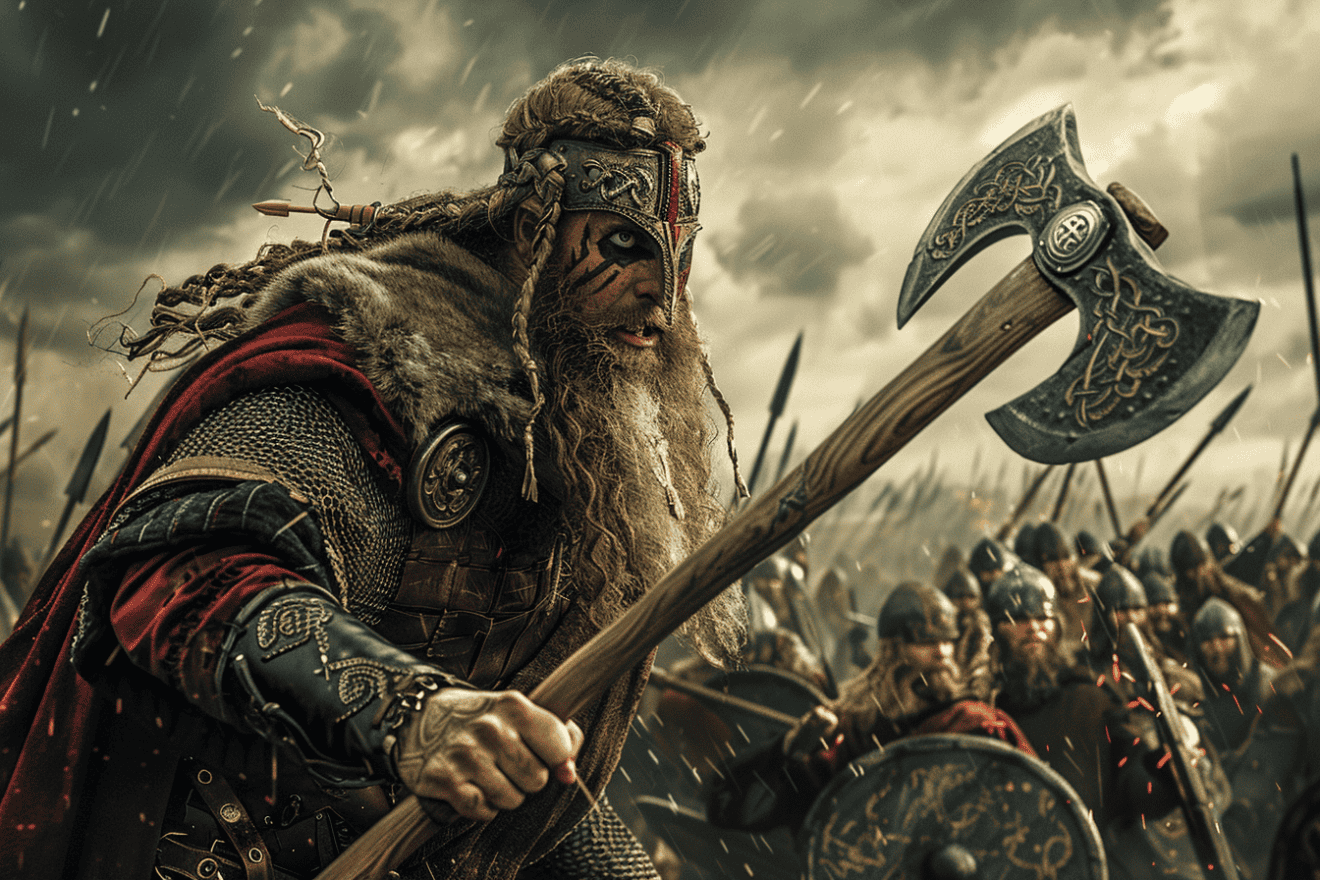








Add Comment